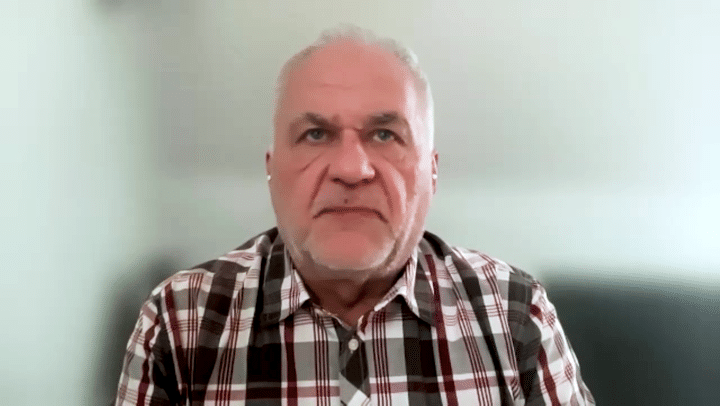Heat pumps have a promising future. Among many reasons, the expected drop in photovoltaic and energy storage prices is often mentioned. The industry sees its opportunities in the European Union’s climate and energy policy, as well as other actions related to energy transformation. “By around 2029–2030, there will be an obligation to install photovoltaics on buildings. The prospect for photovoltaic and energy storage to become cheaper in five years will make this technology generally accessible,” says Paweł Lachman, president of the Polish Organization for Heat Pump Technology Development (PORT PC).
The Energy Performance of Buildings Directive (EPBD) is considered revolutionary for the real estate market, though it was adopted 14 years ago. We are talking merely about its second amendment, aimed at increasing the speed of improving the energy efficiency of existing buildings.
“It includes moving away from using fossil fuel boilers in all buildings by 2040. This is a very short period and a huge challenge. An additional significant change will be the transition to zero-emission buildings, in new buildings and in deeply thermal-insulated, i.e., buildings that do not emit CO2 during heating,” says Paweł Lachman.
We are not only talking about heat pumps but also high-efficiency district heating networks or biomass boilers. The revolution in building energy performance is often associated solely with the European Union’s energy policy. However, the industry points out that decisions made in Brussels are not driven only by political ideas, but also align with global trends set by energy agencies worldwide.
Experts also highlight significant changes set to impact investments. Many technologies are expected to become commonly used due to lower prices, encouraging a move towards economically viable and zero-emission solutions.
“Remember the broad approach to transformation. By around 2029–2030, there will be an obligation to install photovoltaic on buildings. Over the next five years, photovoltaic and energy storage will get cheaper, becoming widely accessible and attractive investment,” says the president of PORT PC.
According to the decarbonisation schedule, by the end of 2029, there will be an obligation to install photovoltaic panels on every new residential building, if technically possible and cost-effective. PORT PC predicts that such legislative development could contribute to increasing the share of renewable energy sources in the EU’s energy mix.
In this area, readiness to meet requirements will be a priority over legal discussion. In the case of heat pumps, the significant driver can be the eventual discontinuation of subsidies for fossil fuel boilers, expected next year.
However, investors will not only have heat pumps. Energy-efficient networks, biomass boilers or hybrid heat pumps can all be competitors. Still, there is no doubt that electrification could be the main direction in heating. Heat pump technology is evolving rapidly, and manufacturers continue to innovate.
“Heat pump technologies are very varied, there are many types; heat pumps that use air and water, ground, waste heat, various heat transfer technologies, e.g., air-air pumps or central water heating. Work is underway on new heat pump technologies that may soon become common,” says Paweł Lachman.
The industry has high hopes for the EU Net-Zero Industry Act document, which indicates the production direction of technologies contributing to climate neutrality goals. The key sectors listed in this document are wind energy, photovoltaics, energy storage, heat pumps, and electrolysers for green hydrogen production.
“These technologies are clearly indicated as the most important technologies that should be produced in Europe. Analyses from 2022 indicate that over 60% of heat pump devices sold in Europe were produced in Europe, the best result of all five technologies, in question,” assesses the president of the Polish Organization for Heat Pump Technology Development.
The global competition is not taking a break. Heat pump production is developing in many countries, including outside the European Union, like the United States.
“Europe is doing it too slowly. It is essential to switch to production in Europe of these key technologies that will stay in Europe. There are plans, but the EU regulation, the Net-Zero Industry Act, is still being constructed. However, these activities have been successfully carried out in the United States for over a year, so it’s worth speeding up,” stresses the expert.
In January 2024, a coalition of 19 European organisations, including industry and non-governmental organisation, called on Ursula von der Leyen, President of the European Commission, to announce an EC plan for heat pumps. They argue that the delay could threaten Europe’s energy transformation. The original plan was to be unveiled in this year’s first quarter. Plans were delayed till after EU parliament elections.
